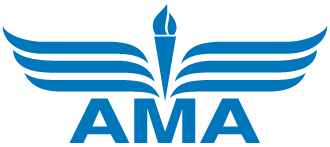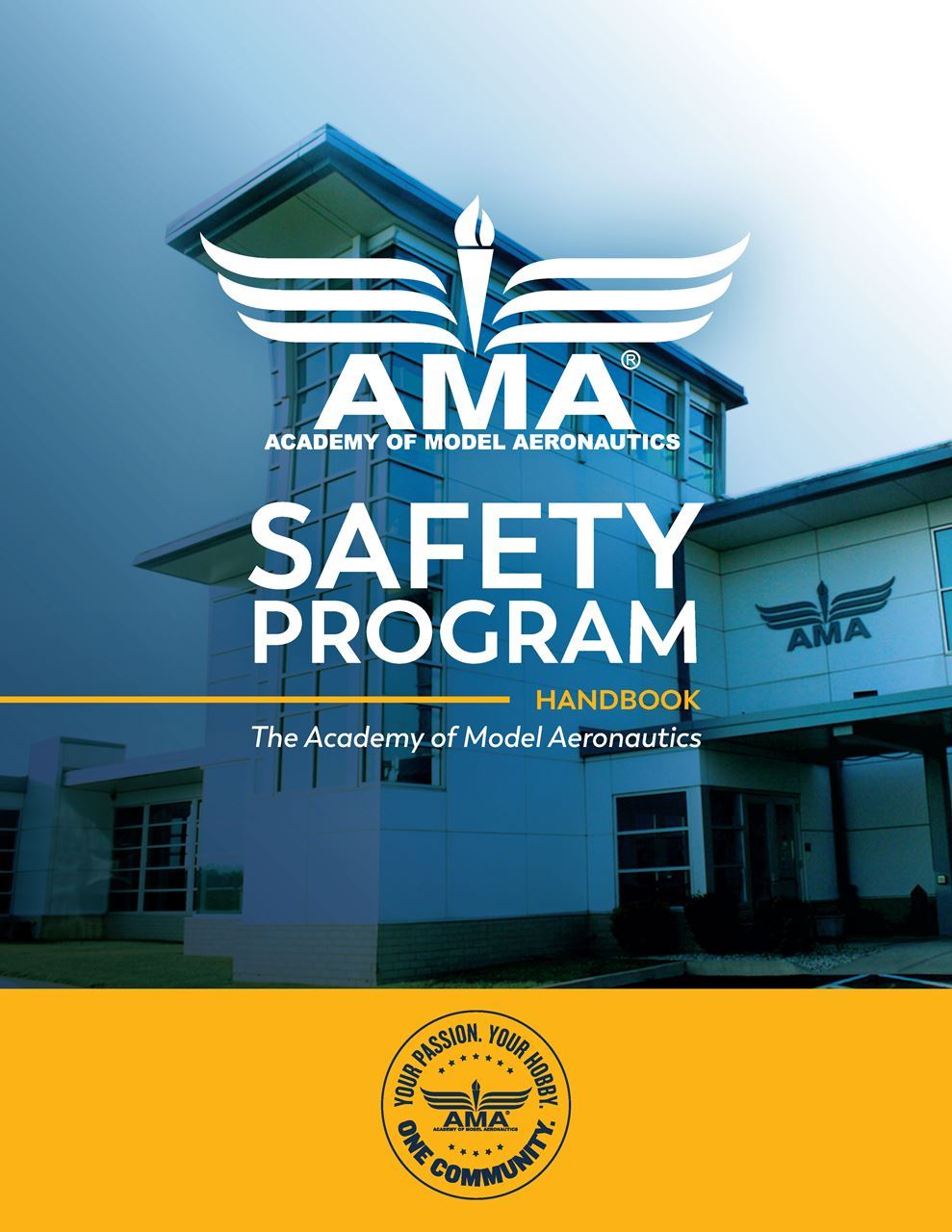SAFETY
Benton County Flying Tigers prioritizes safety in all aspects of our operations. We place significant emphasis on thorough pre-flight checkouts and exercise meticulous care in handling modern high-energy Lithium-Polymer batteries as well as model aviation fuel. Our commitment is to ensure a secure and enjoyable environment for all participants.
BCFT – Benton County Flying Tigers Model Airplane Club Field Safety Rules — 2024
In addition to these Safety and Operating Rules, all club members/pilots shall abide by the current AMA rules and guidelines
1. All pilots MUST be a current member in good standing of the Academy of Model Aeronautics (AMA) and have in their possession a currently valid AMA card or a receipt for payment of membership dues issued by the AMA. Minor Members will fly with their parent present only.
2. First Aid Kit and Emergency numbers are located in the First Aid lock box. The combination is the same as the entry gate combination. See the Safety Officer if you have any questions.
3. ALL PILOTS USING 72 MHz RADIOS MUST seek out and coordinate with any other 72MHz flyer the use of shared channels. The responsibility is totally on the 72MHz pilots.
4. Full-scale aircraft always have the right-of-way over models, and it is our responsibility to “See and Avoid” all full-scale aircraft. Therefore, ALL PILOTS MUST WATCH FOR FULL-SCALE TRAFFIC AT ALL TIMES! Keep blue sky between you and the full-scale airplane at all times.
5. All model aircraft will be pointed toward the runways and away from any spectator area during engine start or run-up.
6. There will be a maximum of four (4) aircraft flying at any one time, except under certain PREARRANGED group launches, such as “foam constructed combat”. During events a spotter is recommended. During normal flying it is strongly recommended to use a spotter.
7. Under no circumstances shall a model aircraft be flown over other pilots, the Pit Area, Spectator Area, Vehicle Parking Area, the roads adjacent to the entrance, nor flown in a reckless manner that could be dangerous to people or property.
8. Except for special events, all aircraft performing “Hovering and other 3D type maneuvers” are restricted to the CENTER OF THE ACTIVE runway OR confined to an area at least fifty (50) feet BEYOND THE ACTIVE runway. Helicopters may fly in the normal traffic pattern over the main runway when not hovering or flying “3D” type maneuvers.
9. With the exception of taxiing directly to the runway after engine start, NO aircraft will be taxied, hovered, landed or launched in or from the Pit Area! Aircraft may be hand-launched from the pilot area immediately adjacent to a runway. Immediately after landing and clearing the runway, the pilot will stop the aircraft engine and push, pull or carry his aircraft back into the Pit Area. Pilots are NOT ALLOWED to taxi their aircraft into the pit area following a flight!
10. The Active Runway is Off Limits to everyone except when aircraft retrieval on or beyond the runway is necessary. Any person retrieving an aircraft or placing an aircraft for takeoff must first ensure that all pilots who are currently flying an aircraft know that they are going onto the runway! This may be accomplished by shouting: “ON THE RUNWAY!” and wait for the active pilots to acknowledge before walking onto a runway. Make the retrieval as quickly as possible and when you are clear of the runway shout, “CLEAR!”
11. Nonclub members, spectators, and children are not allowed into the Pit Area or Pilot Flying area unless supervised by a BCFT member or an Instructor/Pilot.” ALL club members are responsible for ensuring this Pit and Flight area restriction is observed.
12. A “Student Pilot” shall NOT be allowed to fly an aircraft unattended at BCFT Field until he/she has demonstrated flight proficiency and knowledge of these Rules to a club instructor.
13. Engines cannot be run without any type of header, muffler, or pipe.
14. No drinking of alcoholic beverages at any time during or after flying. Drugs are not allowed. You will lose your membership over this action.
15. Pets are allowed in the pit area or pilot area during regular nonevent flying. ALL pets MUST remain on a leash or in a confined area at all times during Fun Flys.
16. Turbine-powered airplanes are not permitted to operate, taxi, or use the runway or any other area of the BCFT flying field when the grass is dry. Operation may only occur when field conditions are sufficiently damp to eliminate fire risk, as determined by the Safety Officer or a designated club official.
17. Airplanes and helicopters are not permitted to operate at the same time.
18.Simultaneous operation of multiple helicopters is prohibited
NOTE: Failure to comply with these rules may result in revocation of membership after review of the incident by the Safety Officer reported to the Board of Directors.

Academy of Model Aeronautics Safety Code
A model aircraft is a non-human-carrying device capable of sustained flight within visual line of sight of the pilot or spotter(s). It may not exceed limitations of this code and is intended exclusively for sport, recreation, education and/or competition. All model flights must be conducted in accordance with this safety code and related AMA guidelines, any additional rules specific to the flying site, as well as all applicable laws and regulations.
As an AMA member I agree:
- I will not fly a model aircraft in a careless or reckless manner.
- I will not interfere with and will yield the right of way to all human-carrying aircraft using AMA’s See and Avoid Guidance and a spotter when appropriate.
- I will not operate any model aircraft while I am under the influence of alcohol or any drug that could adversely affect my ability to safely control the model.
- I will avoid flying directly over unprotected people, moving vehicles, and occupied structures.
- I will fly Free Flight (FF) and Control Line (CL) models in compliance with AMA’s safety programming.
- I will maintain visual contact of an RC model aircraft without enhancement other than corrective lenses prescribed to me. When using an advanced flight system, such as an autopilot, or flying First-Person View (FPV), I will comply with AMA’s Advanced Flight System programming.
- I will only fly models weighing more than 55 pounds, including fuel, if certified through AMA’s Large Model Airplane Program.
- I will only fly a turbine-powered model aircraft in compliance with AMA’s Gas Turbine Program.
- I will not fly a powered model outdoors closer than 25 feet to any individual, except for myself or my helper(s) located at the flightline, unless I am taking off and landing, or as otherwise provided in AMA’s Competition Regulation.
- I will use an established safety line to separate all model aircraft operations from spectators and bystanders.
The AMA Safety Handbook
Creating a safe environment to protect bystanders, other model pilots, as well as surrounding property, is crucial and the responsibility of every individual participating in modeling activities. The AMA has an informative safety handbook that is a compilation of AMA documents and programs covering safe model operation. It is intended to provide a centralized location to find all pertinent safety information, and can be a valuable tool for club officers, contest directors, event managers, and others.

